Finding Solace in Klimt’s Woman in Gold During Election Day Turmoil

Gustav Klimt (1862-1918). Portrait of Adele Bloch-Bauer I, 1907. Oil, gold, and silver on canvas. Courtesy of Neue Galerie New York
At the untrustworthy hour of 2 a.m. on November 4th, rolling into November 5th, the piercing blue glare of my phone held far too close to my face illuminated what I knew to be true but delusionally hoped to be false—a count of 266 electoral votes for Donald Trump. I closed the tab, set my phone to Do Not Disturb (ironically symbolic, as it was my phone that had just disturbed me), and lulled into a fretful, brief sleep.
The morning of November 5th, that same screen greeted me with an overwhelming saturation of red, confirming the situation to indeed be dire—and as true—as I had feared. I cursed myself for ever deciding to leave England.
A text from a friend broke through my haze, urgently pleading for a coffee date to somehow soften the blow of the morning's grim news. But our minds’ troubles would not be eased with an $8 latte. Instead, I proposed we visit my oldest and greatest friend in the city, Adele Bloch-Bauer, who resides lavishly on the Upper East Side, calling the Neue Gallery her home.
In a city like New York, where opening the front door leaves your senses feeling unjustifiably assaulted by all that surrounds you, every inhabitant of this arduous utopia must carve out their own sanctuary—a source of escapism. Mine was established long before I ever dreamed of living here.
At fifteen, during a thorny and complicated visit to New York, I learned a hard truth: my inexplicable sadness could not be vacuum-sealed and neatly packed away in storage boxes whilst its host embarked on a dazzling holiday, to which it did not receive an invite. A parasite cannot survive without its host, and so I found myself crammed into an already tight economy seat alongside an unwelcome, shadowy stowaway.
However, there was one place in the city where my parasite and I could momentarily co-exist. Sitting before Gustav Klimt’s Woman in Gold, the formless weight within me transformed into squares and rectangles of glistening gold, solemnly swaying to the beat of happiness, as the disillusioned pragmatist Phillip Larkin would declare “happiness, as solemn as it is inevitable”. That day of fateful discovery and bliss became a ritual. Each year, when I find myself feeling solemn, I make the pilgrimage alongside my parasite to visit this radiant friend, who bestows peace upon me in silence.
So, on November 5th, when I felt my parasite tug at me—tugging in the name of all women, the members of the LGBTQI+ community, and immigrants across the nation— I was aptly aware that this unnamed parasite was sitting even heavier in the chest of those who call this country their home.
My friend must have thought me strange for suggesting that blankly staring at a piece of art could soothe her, but she agreed nonetheless, and so we trekked uptown to bask in the painting’s golden glow.
Within the gallery’s walls, a tufted leather bench sits invitingly beneath the immense gold frame, beckoning visitors to pause and linger a moment longer. And they do. Her soft eyes and slightly agape mouth make Woman in Gold impossible to turn away from. It's not just me who is so enchanted by her presence, despite her initial skepticism, my friend enthusiastically revealed that she too felt the mystifying, soothing powers of Klimt’s masterpiece. But if the lady won't do it for you, there's always hope in Egon Scheile’s “Living Landscapes”, on display until January 13th.
Thus, we spent election day mourning at the Neue Gallery in the quiet company of Klimt, where one can momentarily relinquish the parasite that has installed itself as dictator of their life.

